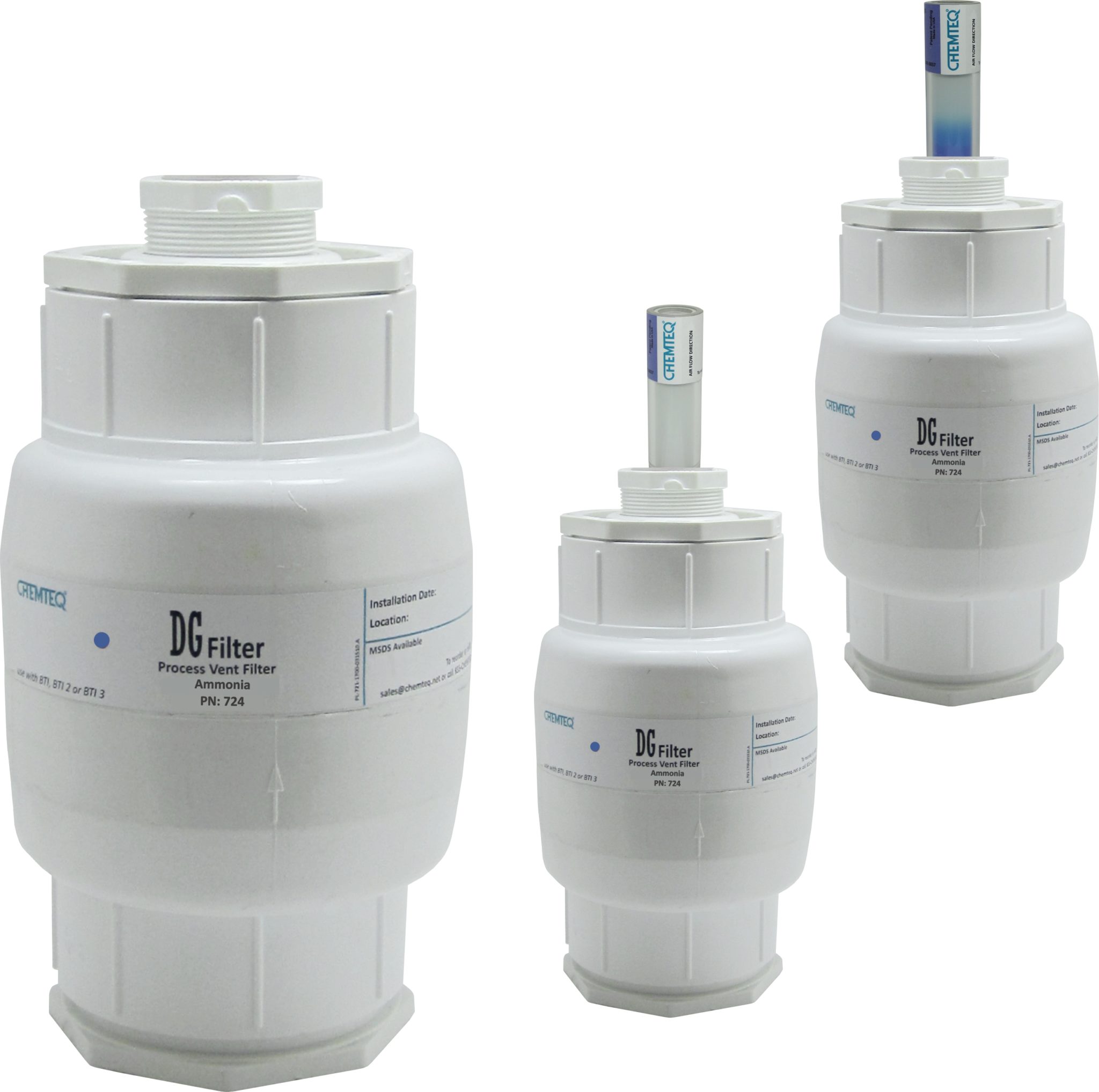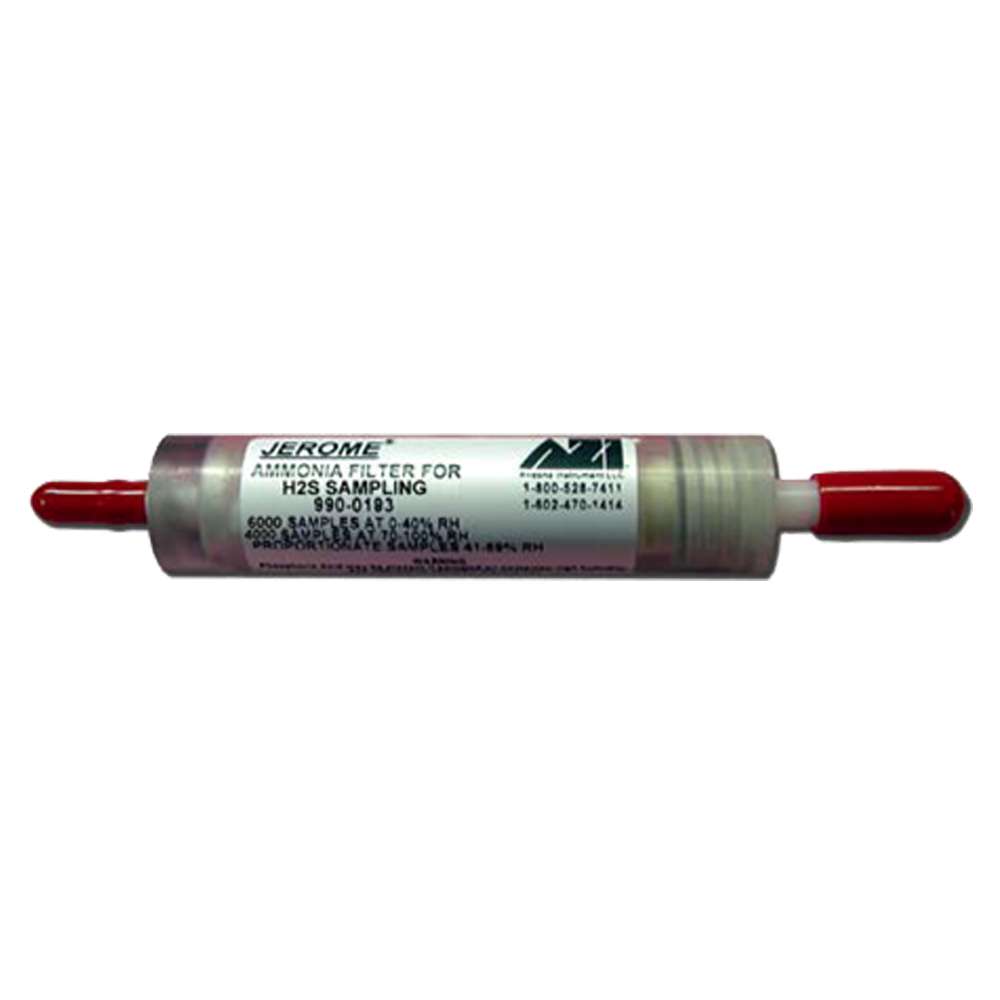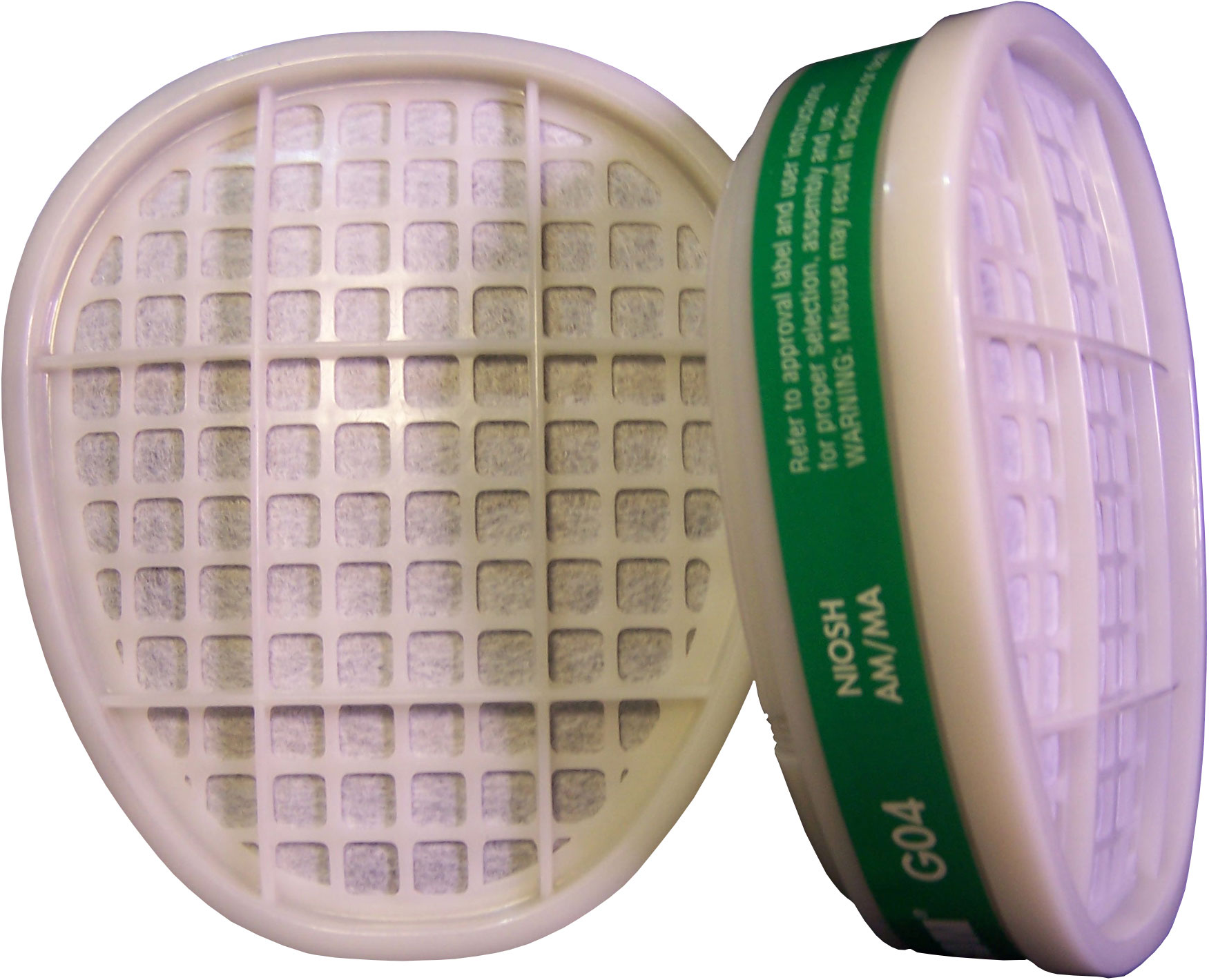Ammonia Filter
Ammonia filters are an essential tool in a variety of industries, including agriculture, refrigeration, and manufacturing. These filters are specifically designed to remove ammonia and other harmful gases from the air, creating a safer and more productive work environment.
Pain Points Related to Ammonia Filter
Without proper filtration systems in place, workers in ammonia-rich environments can suffer from a range of health problems, including respiratory issues, chemical burns, and eye irritations. Additionally, ammonia fumes can be explosive and pose a fire hazard if not properly managed.
Answering the Target of Ammonia Filter
Ammonia filters work by absorbing and removing the harmful gases from the air, trapping them within the filter's media. As air is drawn through the filter, the ammonia molecules are captured, leaving behind clean and safe air. Depending on the specific filter, different media types are utilized, such as activated charcoal or HEPA filters.
Summary of Main Points Related to Ammonia Filter
Ammonia filters are crucial for maintaining a safe and healthy work environment in industries that utilize ammonia. These filters help to remove harmful ammonia gases from the air, reducing the risk of respiratory issues or chemical burns. Ammonia filters utilize various media types to capture and absorb the ammonia molecules, leaving behind clean air and a safer workspace.
Target of Ammonia Filter: Refrigeration Systems
In my experience, the most common use of ammonia filters is within refrigeration systems. Ammonia is often used as a refrigerant in large industrial systems, and filters are used to prevent ammonia leaks and keep workers safe. The North Ammonia/Methylamine HEPA Filter and G04 Ammonia/Methylamine Cartridge Filter are both examples of filters specifically designed for use in refrigeration systems.

These filters are an essential component in maintaining the integrity of refrigeration systems, preventing leaks and ensuring that ammonia gases are captured and removed before they can harm workers.
Target of Ammonia Filter: Chemical Manufacturing
Another common use of ammonia filters is in chemical manufacturing. The Ammonia DG FILTER-724 is an example of a filter specifically designed for use in chemical manufacturing applications.

These filters are crucial for preventing workers from being exposed to harmful ammonia gases during the manufacturing process. Without proper filtration systems in place, chemical manufacturing workers can be exposed to a range of health hazards, including respiratory issues and chemical burns.
Ammonia Filter Media Types
As previously mentioned, ammonia filters utilize various media types to capture and remove ammonia molecules from the air. Activated charcoal is a common media type used in many filters, as it is highly absorbent and effective at trapping ammonia gases. HEPA filters are also commonly used in ammonia filters to remove fine particulate matter from the air. Additionally, there are specialized filters available for specific industries and applications, such as the Ammonia DG FILTER-724 for chemical manufacturing.

Question and Answer
Q: How often should ammonia filters be replaced?
A: The frequency of ammonia filter replacement depends on several factors, including the type of filter and the specific industry/application. Generally, filters should be replaced at least annually or more frequently if there is a higher concentration of ammonia present.
Q: Are ammonia filters only necessary for industrial settings?
A: While ammonia filters are most commonly used in industrial settings, they can also be useful in residential settings. For example, if a person has a high concentration of ammonia in their home (such as from a pet's urine), an ammonia filter can help to improve indoor air quality and reduce health risks.
Q: Can ammonia filters be used for other gases?
A: While ammonia filters are specifically designed to capture and remove ammonia molecules, many filters can also be effective at removing other harmful gases, such as volatile organic compounds (VOCs).
Q: Are there any downsides to using ammonia filters?
A: One potential downside of using ammonia filters is that they can become saturated with ammonia molecules over time, reducing their effectiveness. Additionally, some filters may be more expensive than others, depending on the specific media type used.
Conclusion: The Importance of Ammonia Filters
Ammonia filters are an essential tool for maintaining a safe and healthy work environment in industries that utilize ammonia. From refrigeration systems to chemical manufacturing, proper filtration systems can help to prevent respiratory issues, chemical burns, and other health hazards associated with exposure to ammonia gases. Whether in an industrial or residential setting, ammonia filters can help to improve indoor air quality and reduce the health risks associated with ammonia exposure.
Gallery
AZI 990-0183 Jerome J605 Ammonia Filter | 247able

Photo Credit by: bing.com / ammonia azi
G04 Ammonia / Methylamine Cartridge Filter - Gerson

Photo Credit by: bing.com / ammonia filter gerson methylamine g04 cartridge mask face half
North Ammonia/Methylamine HEPA Filter (2/Pack) – Inline Distributing

Photo Credit by: bing.com / ammonia filter methylamine north
North Safety 7584P100L Ammonia & Methelamine Cartridge & P100 Filter

Photo Credit by: bing.com / p100 ammonia
Ammonia DG FILTER-724 - Chemteq Inc.

Photo Credit by: bing.com / dg ammonia dioxide chlorine